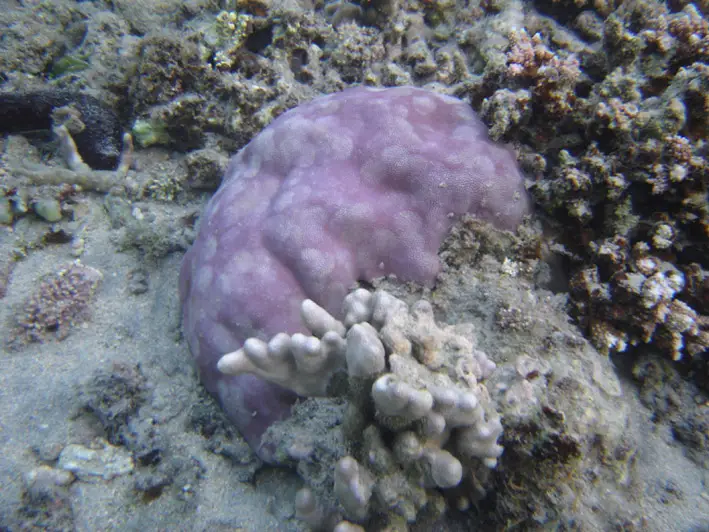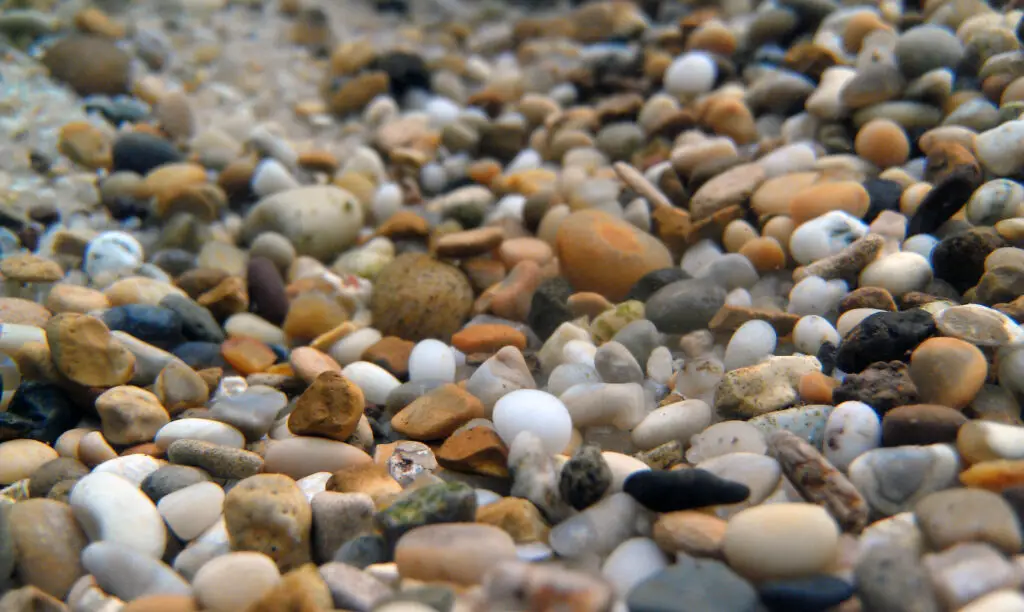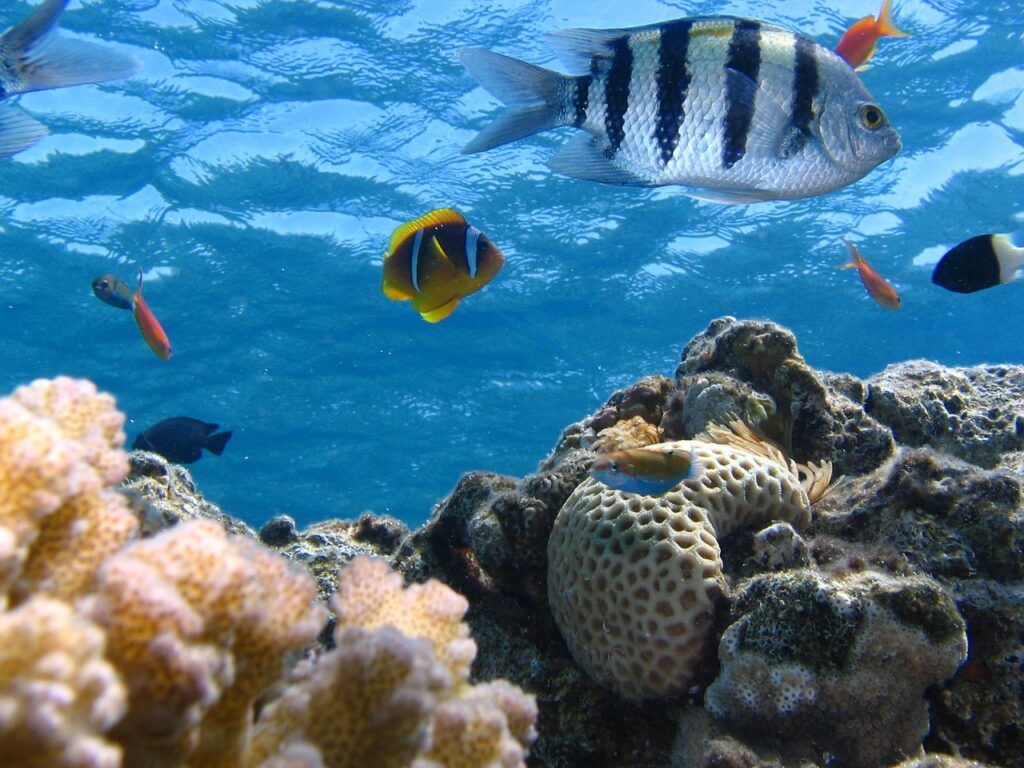Introduction
A lot of problems can affect your corals and may cause them to start dying back, so it’s important to be aware of things like temperature, pH values, salinity, ammonia, phosphate, and more. It’s also possible for fish and other aquarium inhabitants to nibble your corals, which will stress them out and kill them.
If your corals are dying, you need to pay attention to them and make sure you are taking action to deal with the issue as quickly as possible. It can take time for corrections to have an effect, so don’t wait if you notice that something is amiss.
Why Are My Corals Dying?
If your corals are dying, you need to look at a variety of possible explanations. The first thing you should check is that the power to your aquarium is on, and the temperature is at the correct level, as these are common problems to run into.
Next, you will need to do some water testing, and you should look at things like the alkalinity, the salinity, and the levels of ammonia, phosphate, magnesium, and calcium. If any of these levels are unsuitable for the corals, you will need to correct them quickly.
Nitrates also need to be measured, and sensitive corals are particularly vulnerable to elevated nitrate levels. Before adding corals to your tank, check that the nitrate levels are low and stable, or the corals will die.
You should also keep an eye on other tank inhabitants, and see if any are attacking your coral. If something is eating it, you may need to remove that inhabitant or separate it from the coral, because it is unlikely to stop doing so before the coral is dead.
Any of these things, or a combination of them, could cause your corals to start dying. It’s quite a range, so you will need to spend some time identifying the cause.
What To Do If Coral Is Dying
If a coral in your tank is dying, the first thing you need to do is assess what may be wrong. You should start by checking the temperature of the tank, especially if more than one coral appears to be suffering; this indicates it is likely a tank-wide issue.
If the temperature is correct, start running tests on your water. Test the nitrate levels, and if they are high, use an algae refugium or pellets to bring them down.
Test the alkalinity too, and make sure it is between 7 and 12. If it’s lower than this, you’ll need to use water changes or a buffer to correct it, but do so gradually, as sudden fluctuations could shock the corals.
If your alkalinity was off, you will need to check other levels too, particularly the calcium and magnesium. Magnesium should be around 1300 to 1500, and calcium should be between 400 and 500.
Salinity should also be checked, and you’ll need to do a temperature reading at the same time, as temperature affects the reading. Your salinity should be around 33.5 to 35 ppt. Remember that the wrong salinity level will affect the corals long before it affects the fish.
Most of these issues can be resolved through water changes or adding buffers, but if you know that a certain kind of fish or invertebrate is attacking the coral, you will need to take more direct action to solve the problem.
You may have to remove either the coral or the fish, or rearrange your tank to make the coral difficult for the fish to access. You should also check your coral for parasites and infections, and use a coral dip if you think your coral is being attacked by either of these.
Should I Remove Dying Coral?
If you are sure that a coral is dying, you may wish to remove it from your tank, although you might not need to do so.
First, make sure that the coral is actually dying; many corals will recover if you correct their growing conditions, but this does heavily depend on the kind of coral and how sick it got before you were able to solve the problem.
If you are sure that the coral has almost no chance of recovery, you can remove it to prevent any risk of it polluting the tank or causing a buildup of algae. However, where possible, it’s best to give corals a chance to recover before you give up on them, as many will do so.
A small coral can be left in your tank even after it has died if you don’t want to remove it. Some people like the structure that this adds to the tank. However, it is probably best to remove a large coral, as it will add a lot of decaying matter that could be detrimental to the water quality.
Can You Bring Coral Back To Life?
Coral can make amazing recoveries if the conditions it is being grown in are corrected. You may be astounded by its regenerating abilities.
However, you need to make sure you solve whatever is causing the coral to die if you want it to recover. The faster you can do this, the greater your coral’s chance of recovery will be.
Often, you will see baby corals regenerating on the old tissue within a few weeks of the conditions being made suitable, so make sure you aren’t rushing to remove and discard a “dead” coral – it may not be dead at all.
You may want to keep a coral skeleton for months before deciding to discard it; there is a good chance that it will recover and regrow into a healthy coral as long as the conditions are right.
Conclusion
Corals can die for a whole range of reasons, and usually it will be because some condition in the tank is unsuitable. Corals tend to be sensitive to even small changes in the water, and may struggle to cope if any of the levels alter sharply or swing too far one way or the other. Look out for this, and make sure your corals aren’t being eaten.



